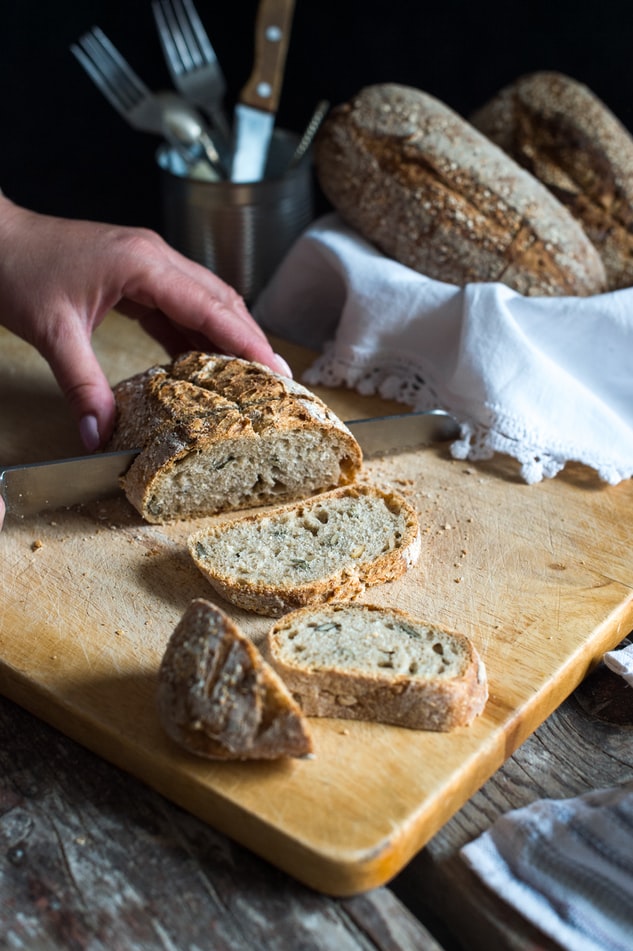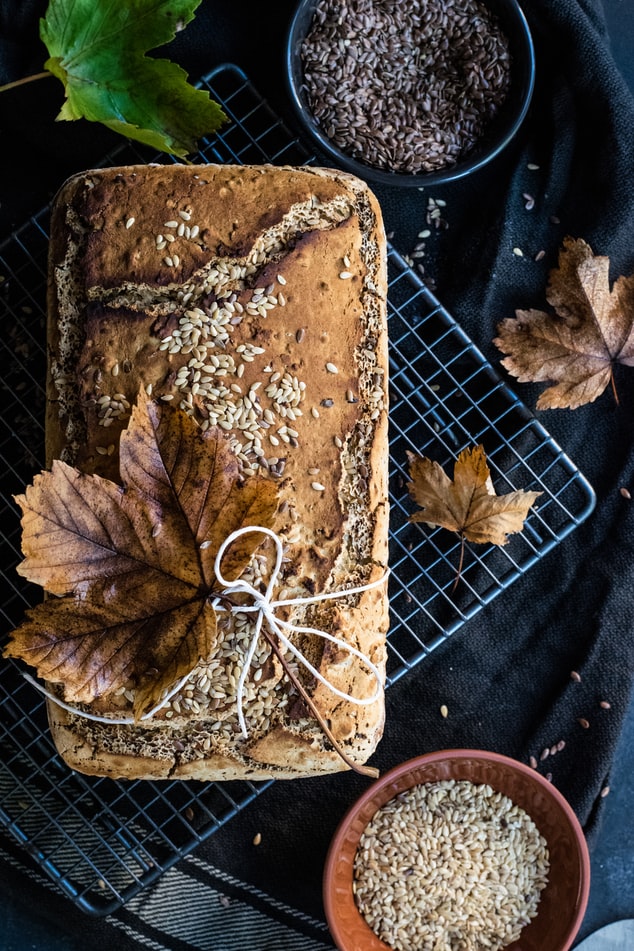For those who don’t know, dates are one of the sweetest fruits you can eat!
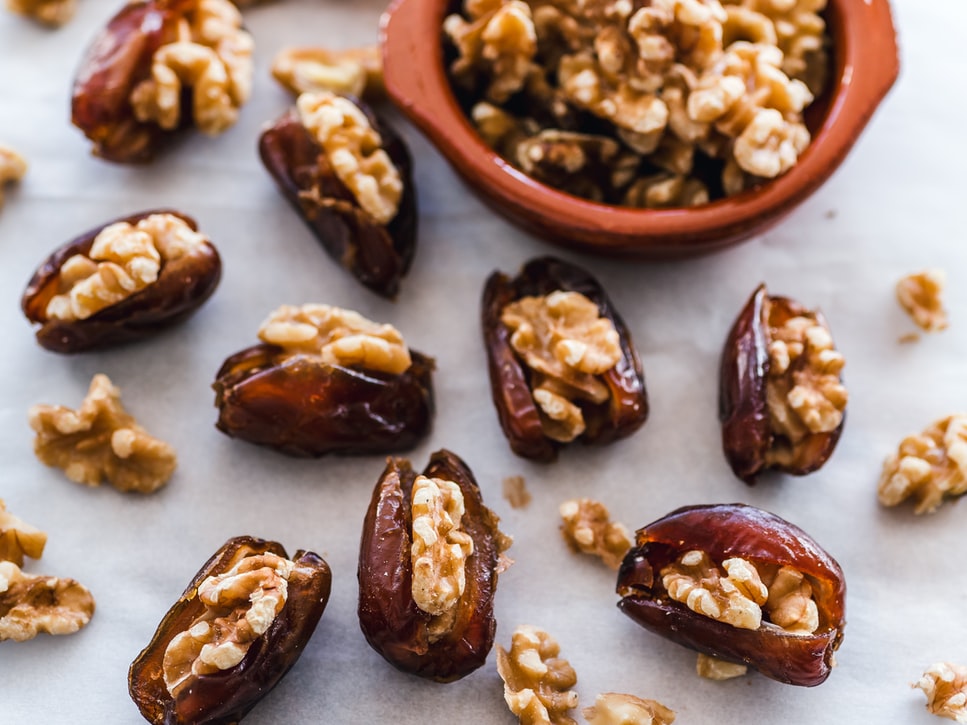 Photos By: Unsplash
Photos By: Unsplash
They grow abundantly in the Middle East on large trees called Date Palms. They are sold either dried or fresh, and can be eaten in many ways. Fresh Dates have a very high sugar content, and can be added to your salads or used as a topping for your cooked dishes.
Date Palms grow best in the desert; hence, they are found in the deserts of Arizona and California. If you’re looking to buy fresh dates, they’re available at supermarkets and farmer’s markets. However, if you’re looking to purchase dates online, you should ensure that they’re fresh for better quality and taste.
Here are a few tips to help you buy dates online while ensuring freshness.
Look out for online date sellers that grow their own Date farms
Buying dates online may be difficult compared to buying them in supermarkets and farmer’s markets. In supermarkets, you have the luxury to check each pack for their manufacture date and look at them up close to see whether they’re plump. Meanwhile, if you buy them online, you can only browse pictures and rely on descriptions before deciding to order one.
However, there are reliable brands selling fresh dates online, especially if they have their own farms. You can guarantee that these online brands produce fresh dates regularly, and they don’t have to outsource from far-away companies, which only delays production.
Sellers with their own farms have full control over the quality of their fruits, assuring you that they’re fresh, ripe, and handpicked. Take the time for research, and you’ll soon find the best online website to buy your Dates.
Check their delivery coverage
Once you’ve found a reliable brand to buy from, it’s time to do further research on the service they offer. You can call or email them and ask for their delivery coverage, or try to find this information online. Do they deliver to your area? Do they deliver on the same day the dates were harvested?
If they do, then you’re in luck. You just saved yourself plenty of time spent going to supermarkets and buying dates yourself. Moreover, don’t forget to ask them how they pack their products, as this can affect the quality of your dates.
Know when they’ll be able to deliver the dates to your doorstep
After making sure that they deliver to your area, ask them how long it will take for the dates to be delivered to your address. In case it takes them a few more days to get the dates to you, make sure to check their packaging policy and storage. You should browse their websites for more information on how they store their dates before delivery, and how they make sure that the packaging preserves freshness and quality.
Store them in an airtight container
Finally, your online-bought dates are at your doorstep! Now it’s up to you to keep them fresh until you eat them. Store your dates in an airtight container before placing them in a cool place. They can last up to a month if they are appropriately stored at room temperature. Otherwise, you’ll only end up drying them out, diminishing their sweet taste, and bringing about their early expiration. For optimal flavor, dates are best eaten within a week after they’re bought.
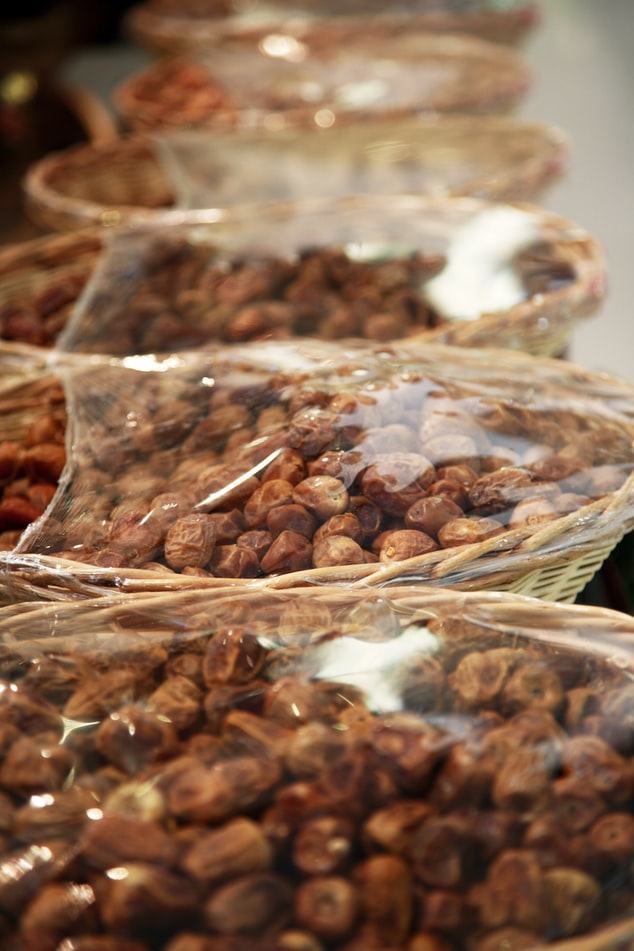
Keep them refrigerated
If you’ve bought large quantities of dates for a long-lasting supply, you must keep them refrigerated at all times. Freezing the dates will help to retain their sweetness and prevent them from expiring. However, dates must be consumed within six weeks after they’ve been defrosted and thawed.
Fresh dates can also be stored in a freezer bag. Remove any air from the bag using a vacuum sealer, and make sure that it’s tightly sealed when filling it with dates. Never store them anywhere near hot surfaces such as stoves, microwaves or even near the windows where sunlight can get in. Additionally, divide your dates into smaller portions and smaller containers before freezing them for better results.
Final Thoughts
You can get plenty of health benefits from dates. They are naturally sweet, which makes them an excellent alternative to sugar when flavoring your dishes and desserts. That’s why it’s essential to store them properly in order to retain that sweetness even for long periods. Better yet, eat your dates within a week after you bought them for the best flavor.

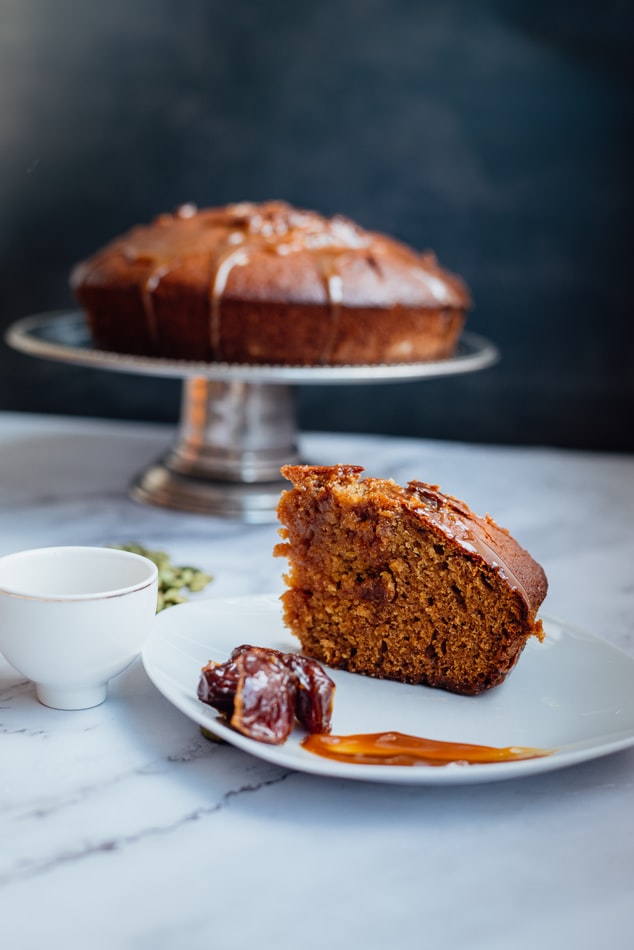
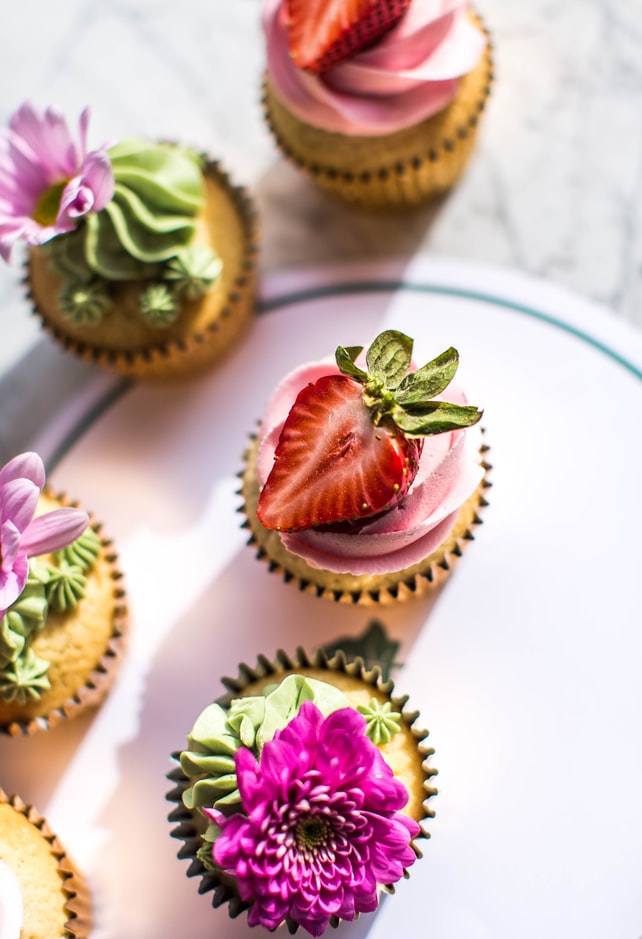 Photos By: Unsplash
Photos By: Unsplash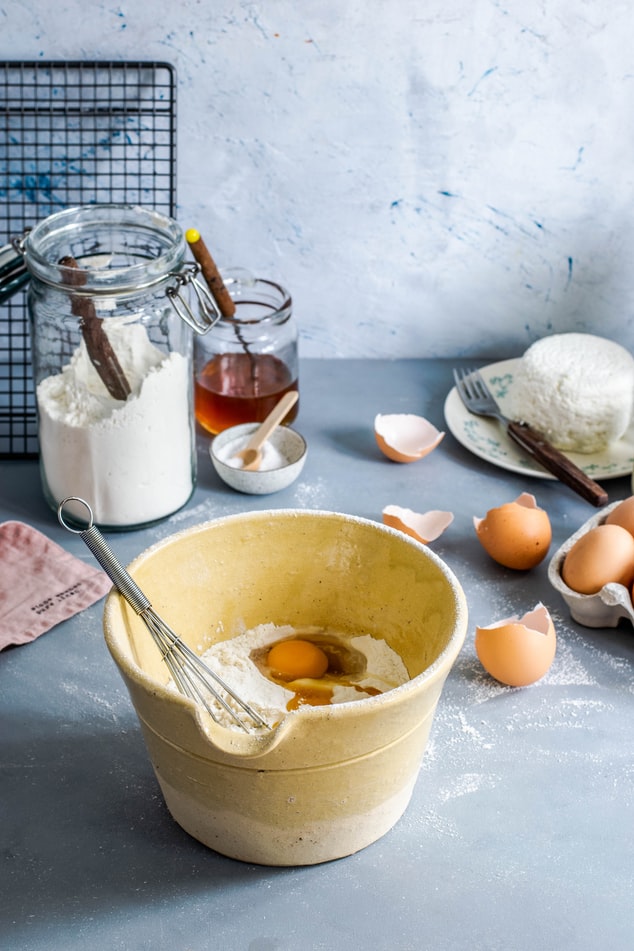
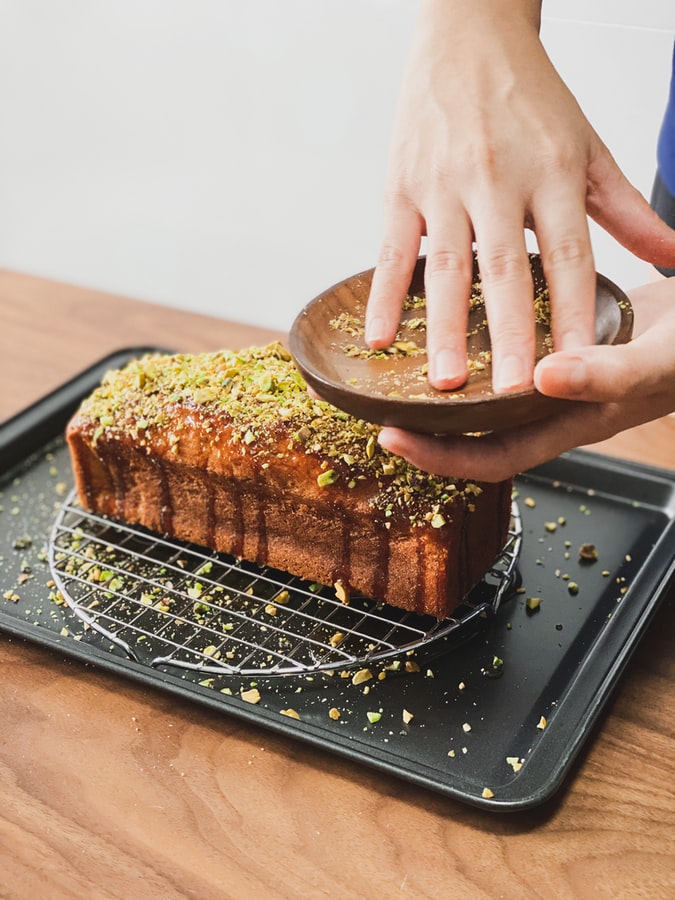
 Photos By: Unsplash
Photos By: Unsplash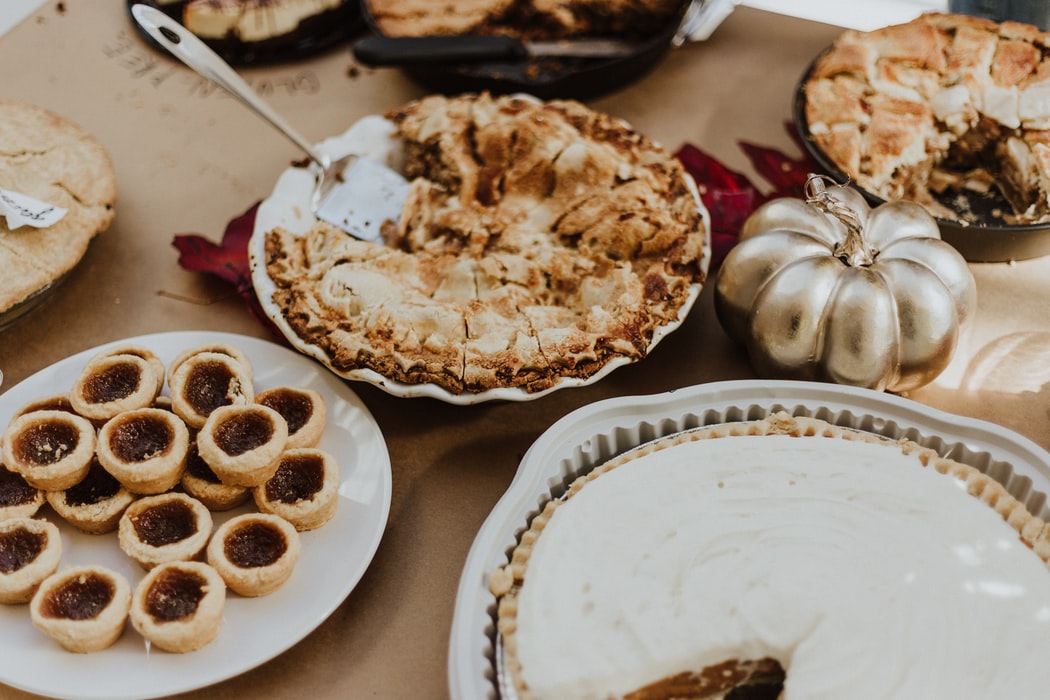
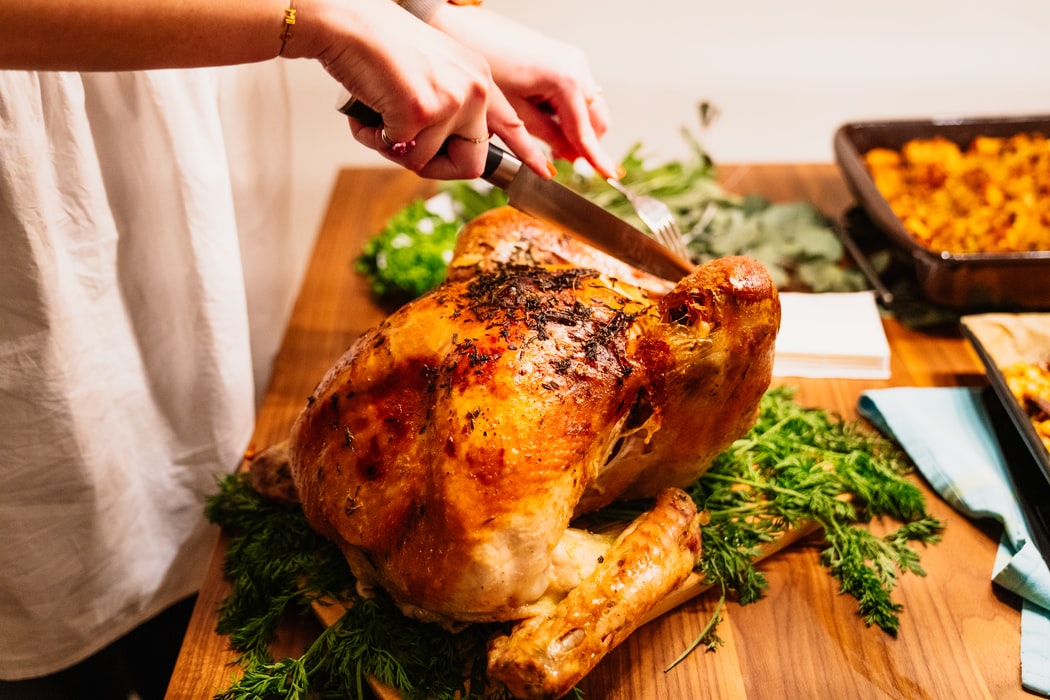
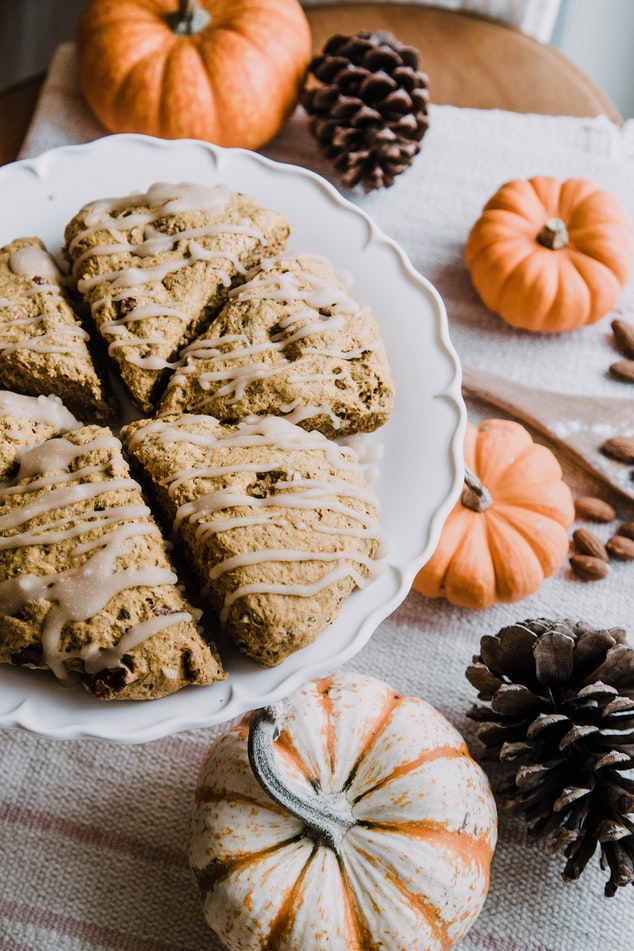
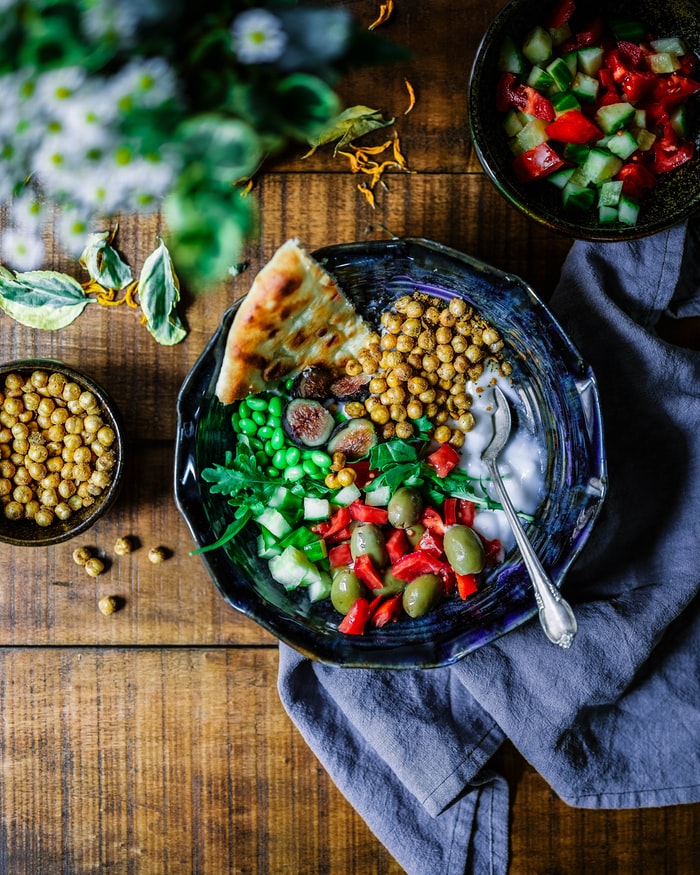 Photo By: Unsplash
Photo By: Unsplash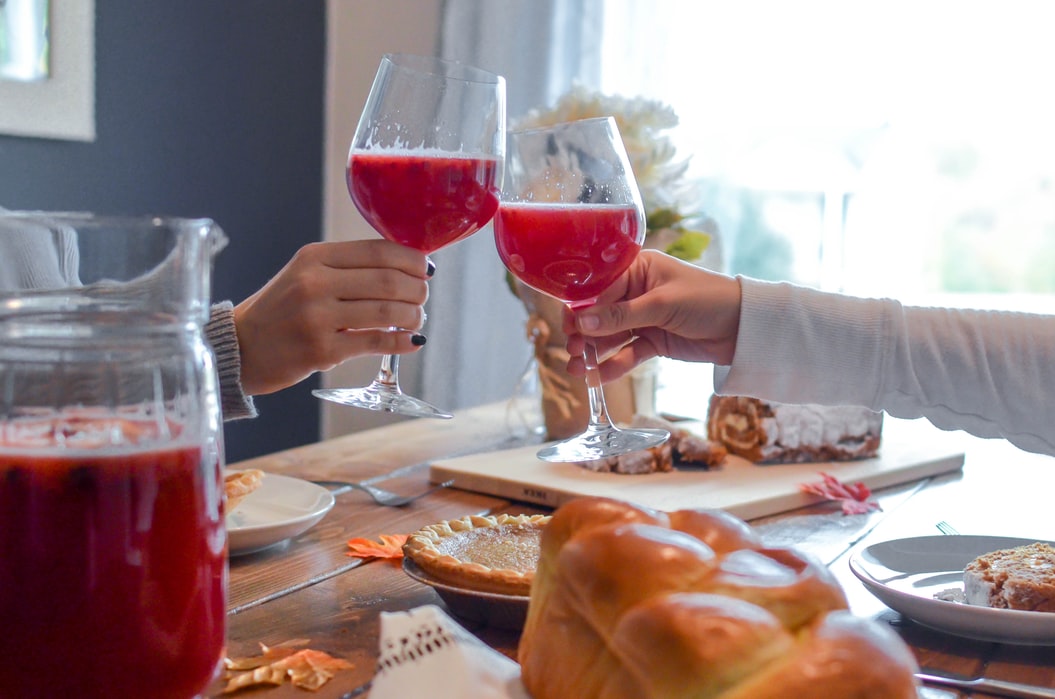 Photos By: Unsplash
Photos By: Unsplash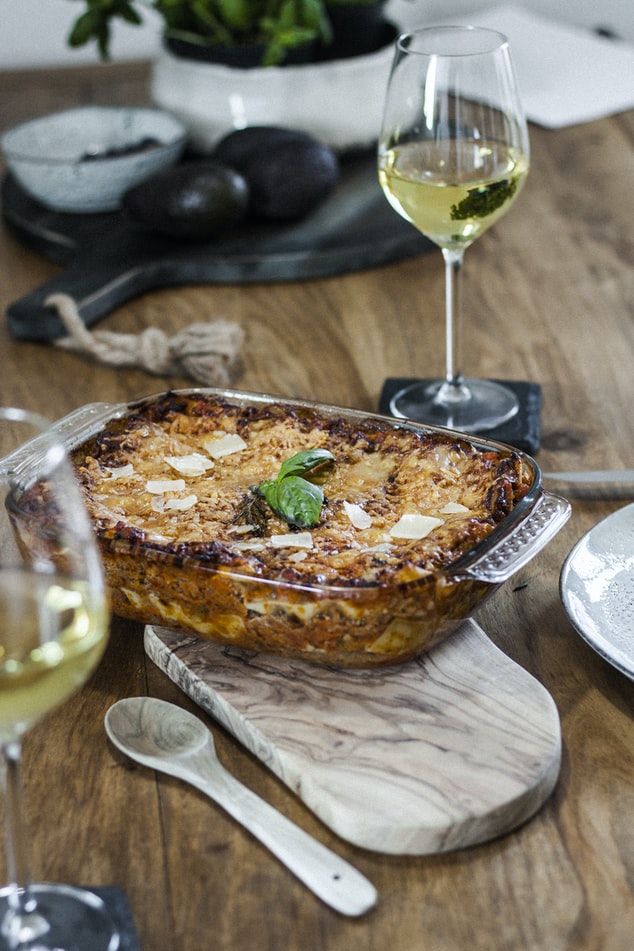
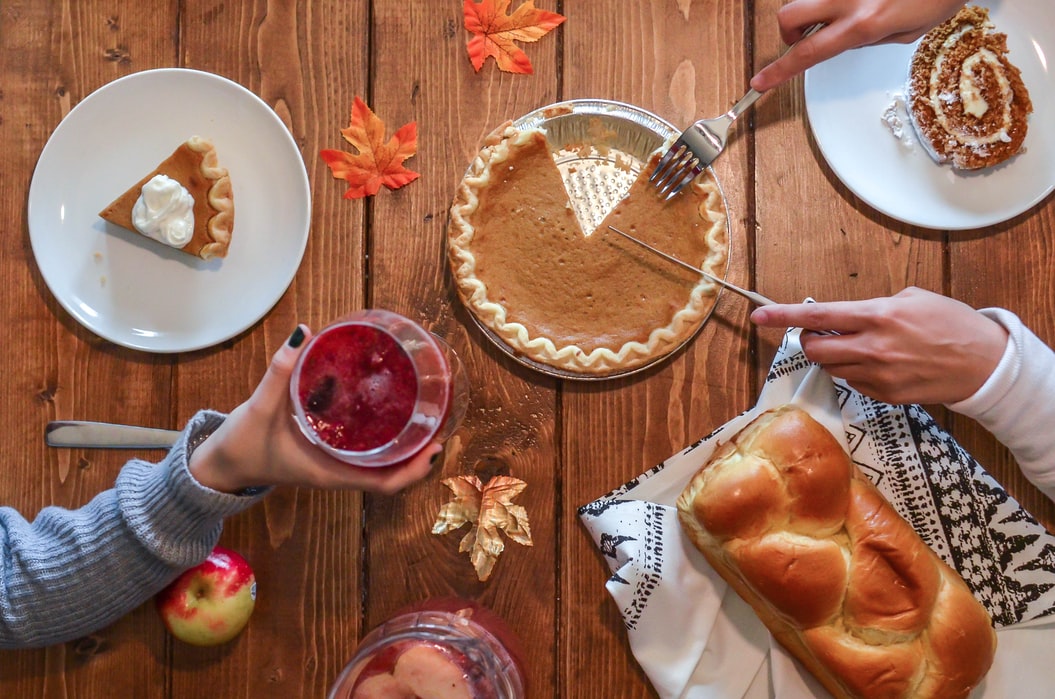
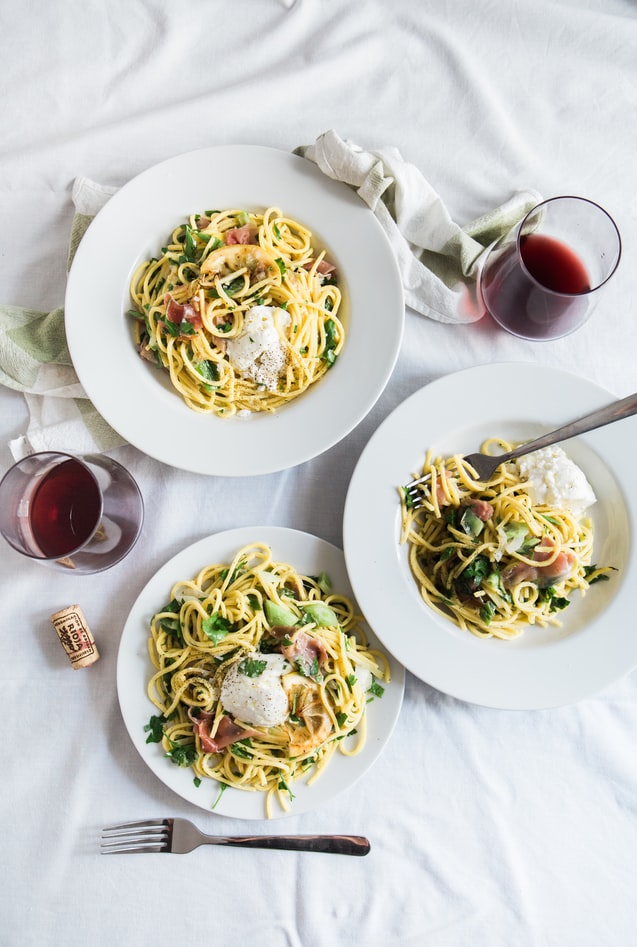
 Photos By: Unsplash
Photos By: Unsplash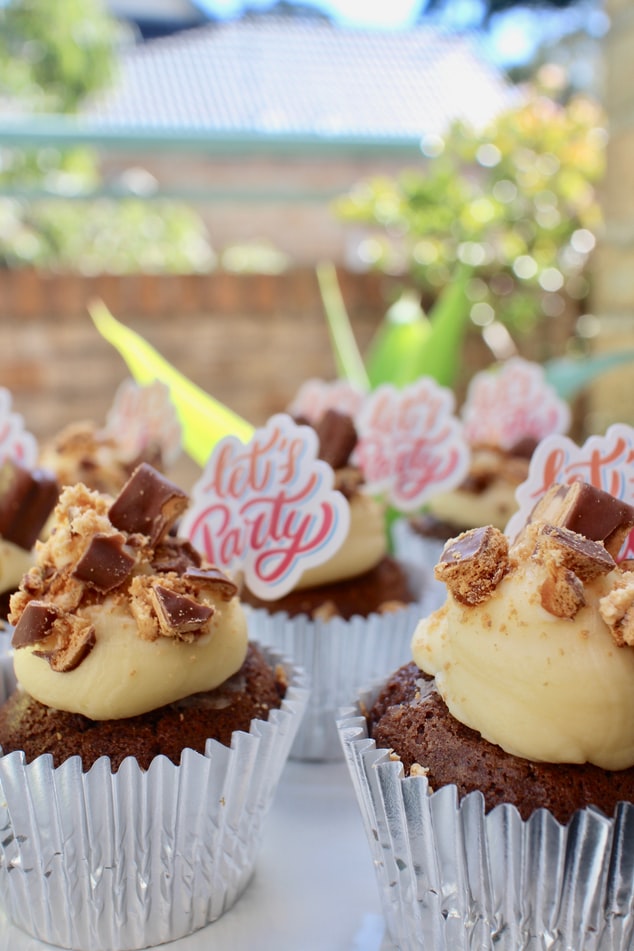
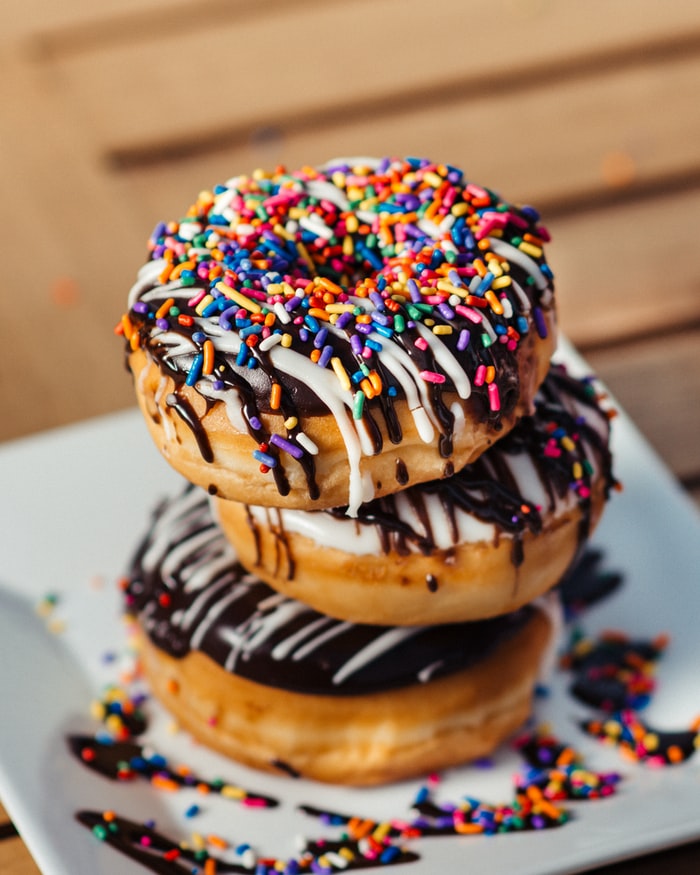
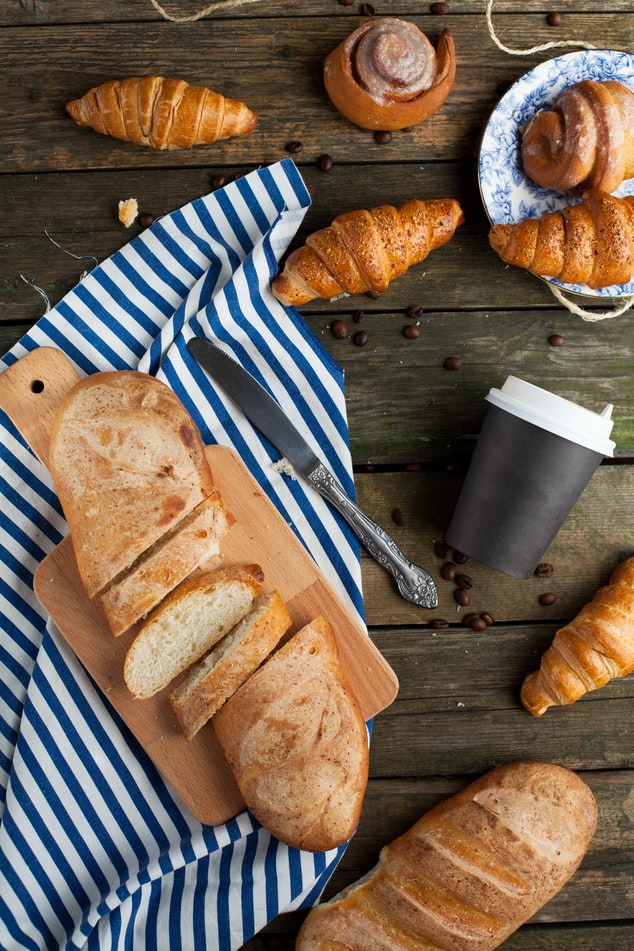 Photos By: Unsplash
Photos By: Unsplash